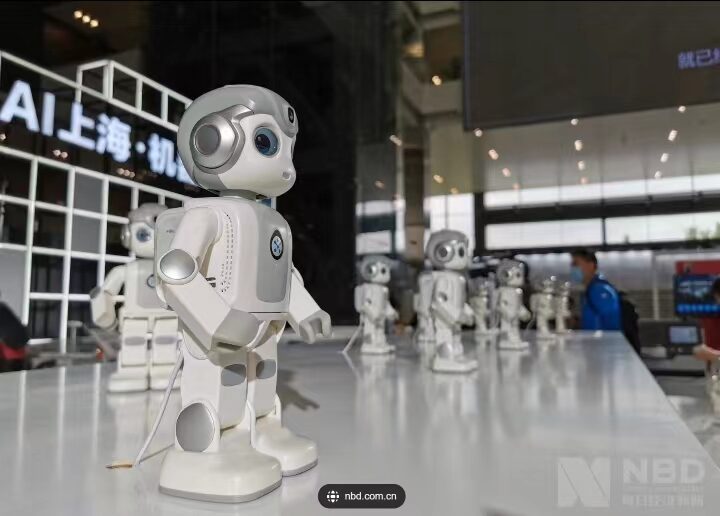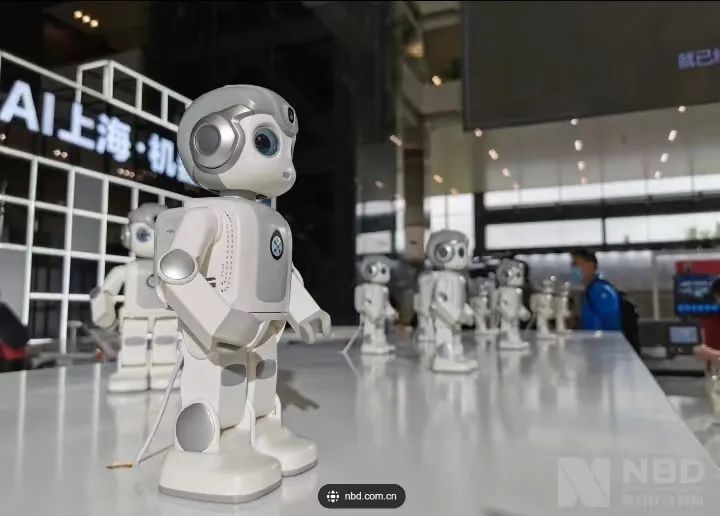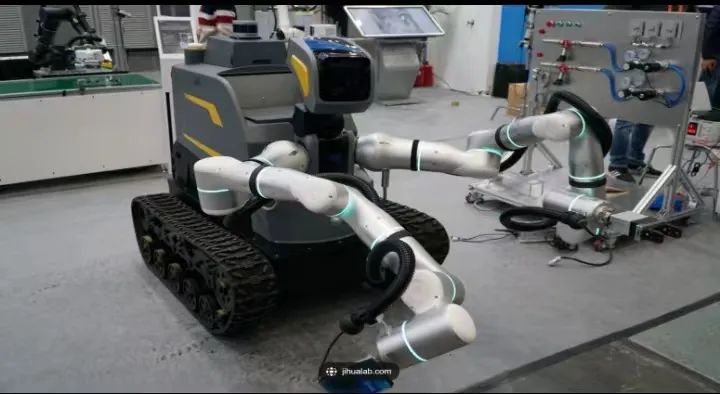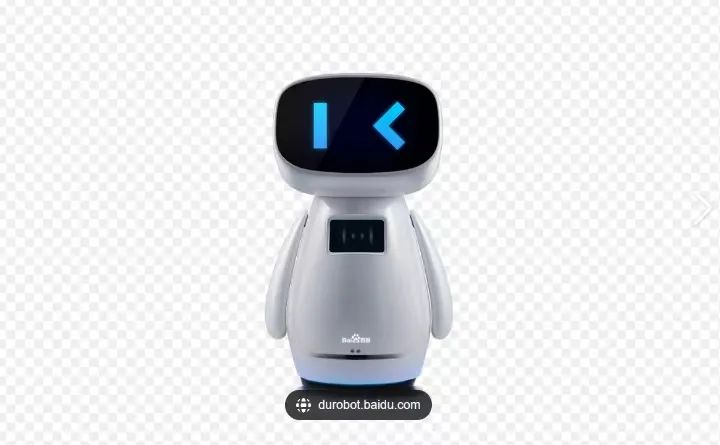
Intelligent Robots


We understand the so-called intelligent robots in a broad sense, and the most profound impression it gives is a unique self-controlling “living being”. In fact, the main organs of this self-controlling “living being” are not as subtle and complex as those of a real person.
Intelligent robots possess various internal and external information sensors, such as vision, hearing, touch, and smell. In addition to having receptors, they also have effectors, which act as means to interact with the surrounding environment. These are muscles, or self-adjusting electric motors, that make hands, feet, long noses, antennae, and so on move. Thus, it can be seen that intelligent robots must at least have three elements: sensory elements, reactive elements, and cognitive elements. We call this type of robot a self-controlling robot to distinguish it from the previously mentioned robots. It is a product of cybernetics, which asserts that purposeful behavior in both living and non-living entities is consistent in many ways. Just as a manufacturer of intelligent robots said, robots are a functional description of a system that could only be derived from the growth results of living cells in the past, and they have now become something we can create ourselves.

Function Classification:
Can be divided into general robots and intelligent robots
General robots refer to those that do not possess intelligence, only having general programming capabilities and operational functions.
There is currently no unified definition of intelligent robots worldwide. Most experts believe that intelligent robots must at least have the following three elements: first, sensory elements, used to recognize the state of the surrounding environment; second, movement elements, to react to external stimuli; third, cognitive elements, to think about what actions to take based on the information obtained from the sensory elements. The cognitive elements of intelligent robots are the key among the three elements and are essential qualities to be endowed to robots. Cognitive elements include intellectual activities such as judgment, logical analysis, and understanding. These intellectual activities are essentially an information processing process, and computers are the main means to accomplish this processing. Depending on their level of intelligence, intelligent robots can be divided into three types:

Sensory Type: Also known as externally controlled robots. The robot itself does not have an intelligent unit, only execution and sensing mechanisms. It has the ability to process sensory information (including vision, hearing, touch, proximity, force, infrared, ultrasound, and laser) to achieve control and operation. Controlled by an external computer, which has an intelligent processing unit that processes various information collected by the controlled robot as well as its own posture and trajectory information, and then issues control commands to direct the robot’s actions. The robots used in the small group competitions of the RoboCup belong to this type.
Interactive Type:: The robot interacts with the operator or programmer through a computer system to achieve control and operation of the robot. Although it has some processing and decision-making capabilities, able to independently perform functions such as trajectory planning and simple obstacle avoidance, it is still subject to external control.
Autonomous Type:: After design and production, the robot can automatically complete various humanoid tasks in various environments without human intervention. The autonomous robot has modules for perception, processing, decision-making, and execution, allowing it to operate and solve problems independently like an autonomous person.

As a technology encompassing a considerable amount of interdisciplinary knowledge, intelligent robots have almost emerged alongside artificial intelligence. Intelligent robots have become increasingly important in today’s society, and more and more fields and positions require the participation of intelligent robots, making research on intelligent robots more frequent. Although we still find it difficult to see the shadow of intelligent robots in daily life, in the near future, with the continuous development and maturation of intelligent robot technology, and with the unremitting efforts of many researchers, intelligent robots will surely enter thousands of households. They will provide better services for people’s lives, making life more comfortable and healthy.

Edited by/Network Department: Jin Shujia, Zhang Bowen
Images and Text by: Computer Class 23302
Reviewed by: Zhang Zhen
Scan the QR code to follow the official WeChat of the Department of Traffic Information Engineering
Everyone is welcome to submit creative forms such as text, images, and videos to us
Submission Email: [email protected]

WeChat ID: hnccietc